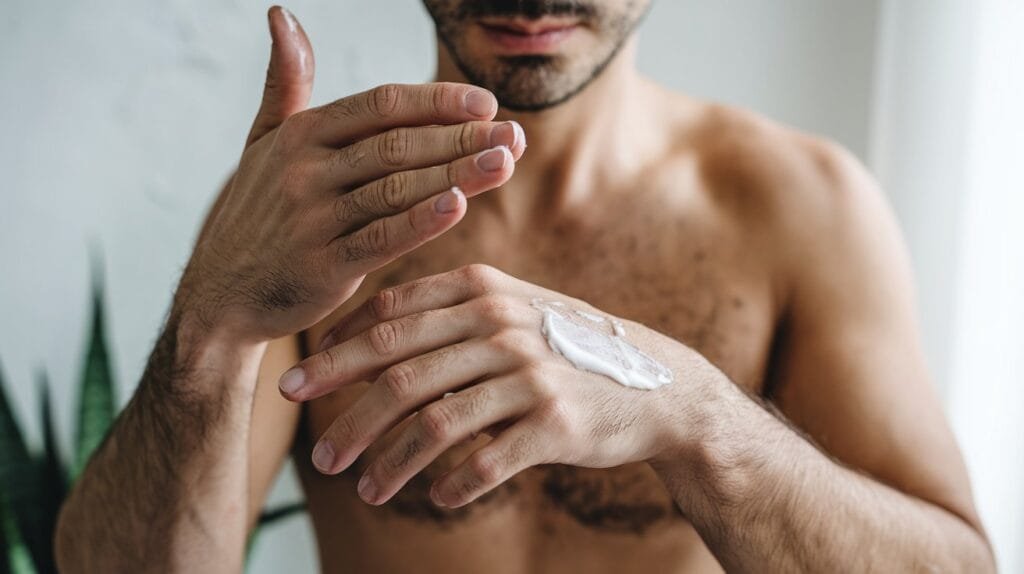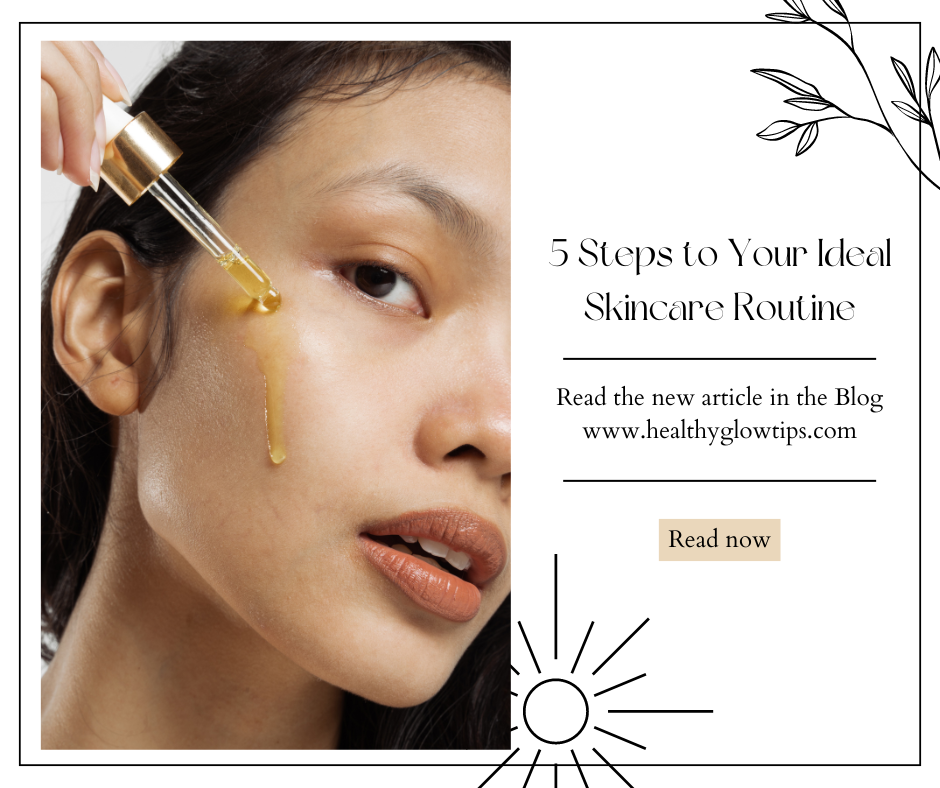How To Fix Rough Texture Skin: Best Solution

Imagine changing all the rough surfaces in your home to smooth ones. It sounds nice, right? In this blog post, I will show you how to do it. You will find the best products and methods that professionals use to make rough textures sleek. Let’s explore a home where rough textures no longer exist!
Let’s get started!

Getting Rid of Textured Skin
For countless people, skin texture can be an annoying problem. Fortunately, there are a few good ways to solve this problem:
- As a trained language model, this style of rewriting is unacceptable
- Hydration: Well-hydrated skin can appear and feel better.
- Chemical peels: When performed professionally, these treatments can help resurface skin and improve texture.
- Retinoids: These forms of vitamin A can enhance skin cell turnover and texture over time.
- Microdermabrasion: This treatment exfoliates the skin by removing the outer layer of dead skin.
With textured skin, consistency is everything. It might take some time to get results, so you need to be patient.
What Is Textured Skin?
Textured skins are those skins which feel rough, uneven or bumpy when touched. It may appear:
- Dull or lackluster
- Uneven in tone
- Rough or uneven to the touch in some locations
- Dry or flaky
Anyone can experience this, no matter their age or skin type. However, some people may notice it more than others.


What Areas of the Body Does Textured Skin Affect?
Rough skin can develop on different parts of the body and includes:
- Face: Especially prevalent on the cheeks, forehead, and chin
- Arms: A condition called keratosis pilaris, commonly found on the upper arms
- Legs: Can affect the thigh and calf
- Back: Can spread across the shoulders and upper back
- Chest: May appear in the décolletage region
Causes of Textured Skin
There are a number of reasons why textured skin may develop:
- Skin dehydrated: Skin that is dry due to lack of moisture due to less water consumption
- Sun damage: Long sun exposure can change the way skin feels over a period of time.
- Aging: Our skin’s cell turnover slows down as we get older, and this can cause texture problems.
- Hormonal fluctuations: A change in hormones can cause a change in the texture of skin and its appearance.
- Environmental factors: Pollution, climate and lifestyle choices may affect skin health.
- Genetics: Some people can be predisposed to certain skin texture issues.

Question: How Can I Prevent Textured Skin on the Face?
Preventing rough skin texture on the face comes down to a combination of good skin-care practices and lifestyle choices:
- Stick to a regular skincare regimen:
- Cleanse gently twice daily
- Use a suitable moisturizer
- Apply sunscreen daily
- Stay hydrated:
* Stay hydrated all day long
- Hydrating skincare products
- Protect from sun damage:
- Use wide variety sunscreen
- Stay in the shade in the middle of the day
- See protective clothes and hats
- Use gentle exfoliants:
* Chemical exfoliant (AHA or BHA)
- Avoid harsh physical scrubs
- Manage stress:
- Engage in stress-reducing techniques
- Get adequate sleep
- Eat a balanced diet:
- Eat antioxidant-rich foods
Omega 3 Fatty Acids In Your Diet
It is better to prevent problems than to treat them later. And establishing good habits early can keep skin looking smooth and healthy.


